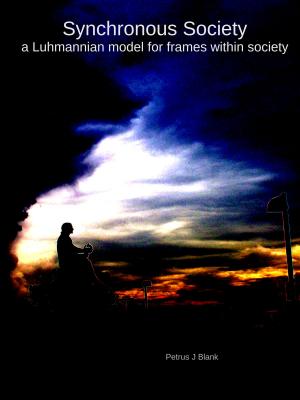| Author: | Gemma Nishiyama | ISBN: | 9781626752467 |
| Publisher: | BookBaby | Publication: | March 15, 2013 |
| Imprint: | Language: | English |
| Author: | Gemma Nishiyama |
| ISBN: | 9781626752467 |
| Publisher: | BookBaby |
| Publication: | March 15, 2013 |
| Imprint: | |
| Language: | English |
“Juliet is the Sun” directly confronts two assumptions of most Western Shakespeare scholarship. First, it reveals how there may be coherence in Shakespeare's works, and this coherence is based on heliocentrism; second, this novel explains the basic importance of Giordano Buno's ideas for Shakespeare. The novel itself is, like The Davinci Code, a popular-style novel where the mysteries of a famous artwork are uncovered. The novel tells the tale of Viola, “shipwrecked” after fleeing the Fukushima nuclear accident for the mountains of Western Japan. Leaving her estranged husband back in the north, and facing an uncertain future, Viola believes her life has been a complete failure. But the ghost of Shakespeare appears in her life and things dramatically improve. Saying “my way is to conjure you” (a line from As You Like It) the ghost stages performances for her. Viola thus learns that a mystery, a hidden identity of a mysterious figure who needs to be acknowledged, lies concealed in one of Shakespeare’s plays. She reaches out to a professor of Renaissance philosophy at the local university for some historical background and perspective. Viola’s estranged husband Kazuo, another academic, also gets drawn into the mystery. Viola is shocked to encounter him at a midnight hieros gamos ritual! Like The DaVinci Code, Juliet is the Sun reveals that a major artwork has been concealing an important secret for centuries-----in plain sight! (Indeed, the BEST SECRETS are always the ones hiding in plain sight!) As a basic interpretive framework, Nishiyama uses the original research published (under the author’s real name) relating to the concept of a cosmic and solar energy-related secret play in Romeo and Juliet. A few other plays (Hamlet, King Lear, Macbeth, A Midsummer Night’s Dream and Much Ado About Nothing) are also shown in the course of the novel to also be Renaissance puzzle boxes that use this secret (Hermetic) solar structure. The name and philosophical importance (to Shakespeare) of a natural philosopher who was executed for heresy in 1600 is unveiled----and his secret identity as a character hiding in one of Shakespeare’s plays is also revealed.
“Juliet is the Sun” directly confronts two assumptions of most Western Shakespeare scholarship. First, it reveals how there may be coherence in Shakespeare's works, and this coherence is based on heliocentrism; second, this novel explains the basic importance of Giordano Buno's ideas for Shakespeare. The novel itself is, like The Davinci Code, a popular-style novel where the mysteries of a famous artwork are uncovered. The novel tells the tale of Viola, “shipwrecked” after fleeing the Fukushima nuclear accident for the mountains of Western Japan. Leaving her estranged husband back in the north, and facing an uncertain future, Viola believes her life has been a complete failure. But the ghost of Shakespeare appears in her life and things dramatically improve. Saying “my way is to conjure you” (a line from As You Like It) the ghost stages performances for her. Viola thus learns that a mystery, a hidden identity of a mysterious figure who needs to be acknowledged, lies concealed in one of Shakespeare’s plays. She reaches out to a professor of Renaissance philosophy at the local university for some historical background and perspective. Viola’s estranged husband Kazuo, another academic, also gets drawn into the mystery. Viola is shocked to encounter him at a midnight hieros gamos ritual! Like The DaVinci Code, Juliet is the Sun reveals that a major artwork has been concealing an important secret for centuries-----in plain sight! (Indeed, the BEST SECRETS are always the ones hiding in plain sight!) As a basic interpretive framework, Nishiyama uses the original research published (under the author’s real name) relating to the concept of a cosmic and solar energy-related secret play in Romeo and Juliet. A few other plays (Hamlet, King Lear, Macbeth, A Midsummer Night’s Dream and Much Ado About Nothing) are also shown in the course of the novel to also be Renaissance puzzle boxes that use this secret (Hermetic) solar structure. The name and philosophical importance (to Shakespeare) of a natural philosopher who was executed for heresy in 1600 is unveiled----and his secret identity as a character hiding in one of Shakespeare’s plays is also revealed.















